In the flotation stage, when all equipment and processes are operating normally, it is very important to judge the flotation effect by observing the foam state in the flotation tank. During the flotation process, workers need to judge whether and how to adjust the number of flotation chemicals, the amount of scraped-out concentrate, and the circulation amount of middling according to the state of the flotation foam. Next, we will analyze how to judge the foaming phenomenon in the flotation cell.
Industrial Mineral Processing Equipment – Top 1 Brand China
8 kinds of flotation foam phenomena to judge the flotation effect in mineral processing
When the flotation foam appears, the bubble phenomena that can be observed include virtual reality, size, color, luster, shape, thickness, hardness, fluidity, sound, etc. These phenomena are mainly determined by the type, quantity, particle size, color, and the type and amount of foaming agent attached to the surface of the foam.
Phenomena 1#: Froth state of froth in flotation cell
If there are many and dense minerals attached to the surface of the bubbles, the foam is solid; if there are few and thin mineral particles attached to the surface of the bubbles, the foam is empty. The grade of raw ore is high, the amount of agent is appropriate, and the foam is relatively stable. If there are too many inhibitors and too little collector, the foam will become virtual foam and the foam layer will become thinner; The foam is weak. In addition, if the amount of collectors and inhibitors is not suitable, the foam will be too empty or too full.
Phenomena 2#: The size and state of the bubbles in the flotation cell
The size of bubbles on the surface of the foam layer varies with the nature of the ore, reagents and flotation area. Different ores and different flotation operations have different sizes of foam bubbles. The size of the bubbles is related to the degree of mineralization. The degree of mineralization of medium bubbles is relatively good. If excessive mineralization hinders the merger of bubbles, abnormal small bubbles will be formed; if the mineralization is poor, bubbles will merge and form large bubbles. However, it cannot withstand the fluctuation of the pulp surface and is easy to burst, so small bubbles are common at the tail of the sweep; too much foaming agent will also lead to relatively small bubbles.
Phenomena 3#: The color state of the pulp in the flotation cell
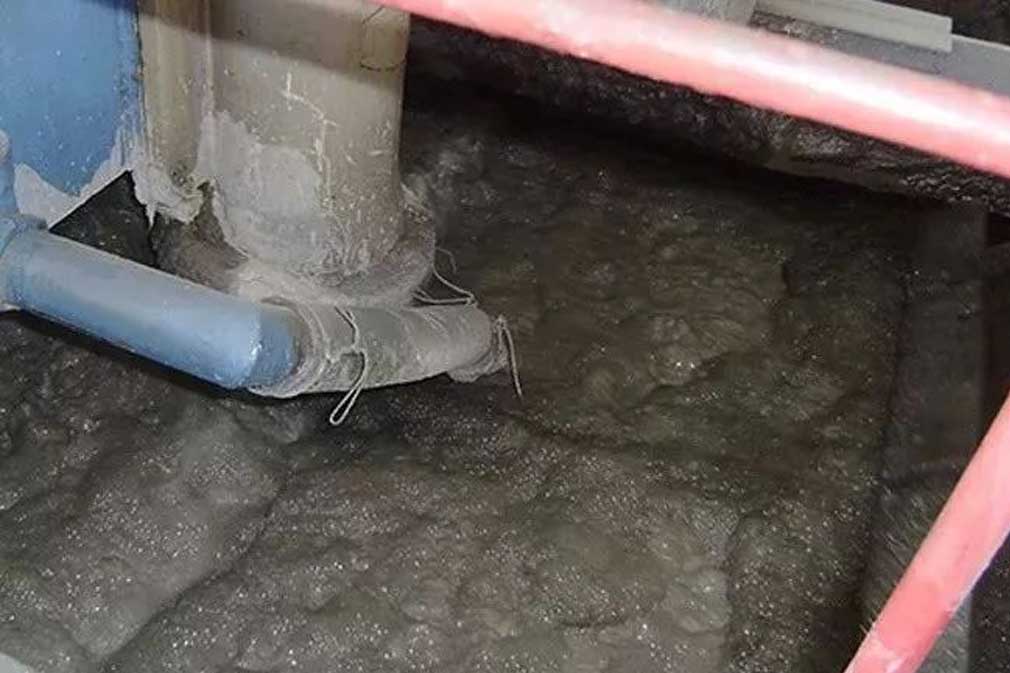
The color of the foam product is determined by the color of the minerals adhered to the foam surface. The darker the color of minerals in flotation in coarse and concentrated selection, the better the quality of the concentrate; in general, the color of white water film will appear in general sweeping.
Phenomena 4#: Variation of glossiness of froth in flotation cell
The roughing of flotation sulfide minerals and the well-mineralized foam in the beneficiation zone will have a relatively strong metallic luster. If the foam has a semi-metallic luster, it means that the loss of metal increases. Oxidized minerals mostly present semi-metallic luster or earthy luster. However, the mineralization of the foam in the sweeping area is poor, showing the glass luster of the water film.
Phenomena 5#: Is the outline of the foam in the flotation cell clear?
When the moderately hydrophobic ore mineralization foam is formed on the surface of the pulp, the water content on the pulp surface is sufficient, the outline of each bubble is clearer, the foam stays on the pulp surface for a long time, and the mineral hydrophobicity is large. During flotation, there are more minerals in the froth and when they are miscellaneous, the outline of the bubbles will be blurred.
Phenomena 6#: Thickness of foam layer in flotation cell
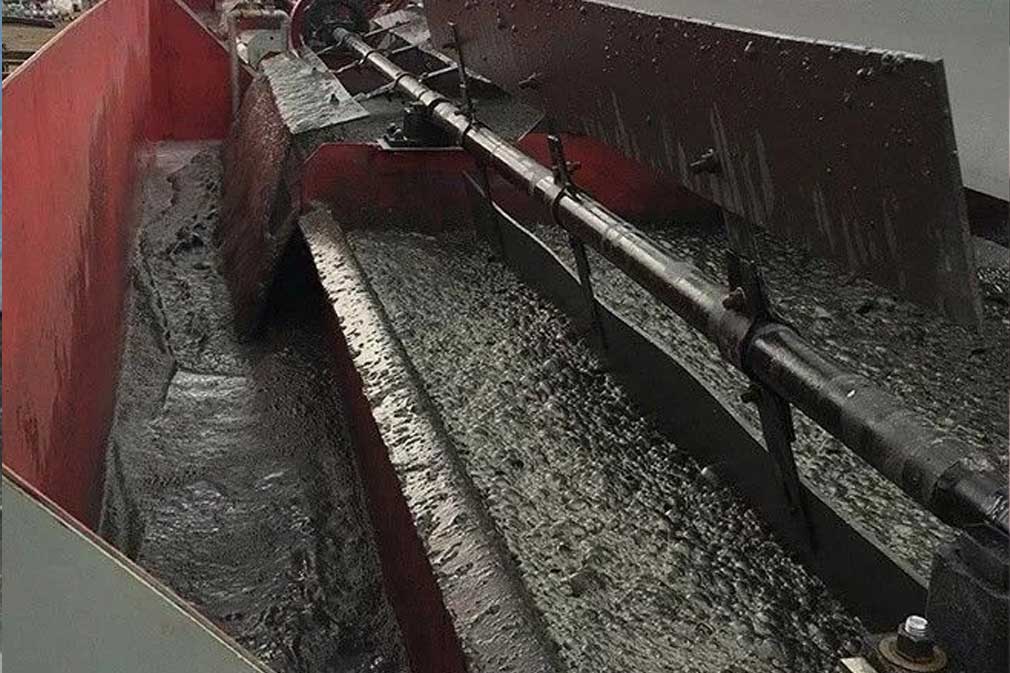
The thickness of the foam layer has a direct impact on the recovery rate and concentrate grade, and the thickness of the foam layer is mainly related to the amount of foaming agent and the degree of mineralization of the bubbles. If there are many foaming agents or the raw ore grade is high and the degree of mineralization is good, the foam layer will generally appear relatively thick, while on the contrary, the foam layer will be relatively thin. If the ore particles on the foam are too large, a thicker foam layer cannot be formed; the slurry level in the beneficiation area is low, the foam layer is thick, and the concentrate grade is high; It can be scraped out in time, the foam layer is thinner, and the recovery rate is higher.
Phenomena 7#: Brittle Viscosity of Foam in Tank
The foam is too brittle, has poor stability, is easy to break, and sometimes cannot be scraped out. Conversely, too much viscous foam and too much stability will cause the flotation machine to “run the tank”, disrupt the normal flotation process, cause difficulty in concentrate transportation, and affect the concentrate grade or recovery rate. Excessive flotation reagents, falling engine oil, sludge or large amounts of soluble salts may make the foam too stable.
Phenomena 8#: Flotation cell scraping foam sound
When the foam is scraped into the foam tank, there will be a “rustling sound”, which indicates that the foam contains a large number of minerals with large specific gravity and coarse particle size, and the state of the foam is considered normal at this time.
Final words
The above are the eight aspects that can be referred to in judging the flotation effect based on the foam in the flotation tank. Although the appearance of bubbles changes with the change of the flotation area, specific areas often have specific phenomena. In order to observe the foam situation, it is necessary to grasp the state of the bubbles in several flotation cells that have a major impact on the concentrate grade and recovery rate, mainly including: the final concentrate flotation cell, the first few flotation cells, and flotation with flotation agents. Selecting tanks, tailing flotation tanks, etc., make specific judgments based on different ore properties and flotation stages to ensure good recovery indicators.
Read More: Ore Wikipedia
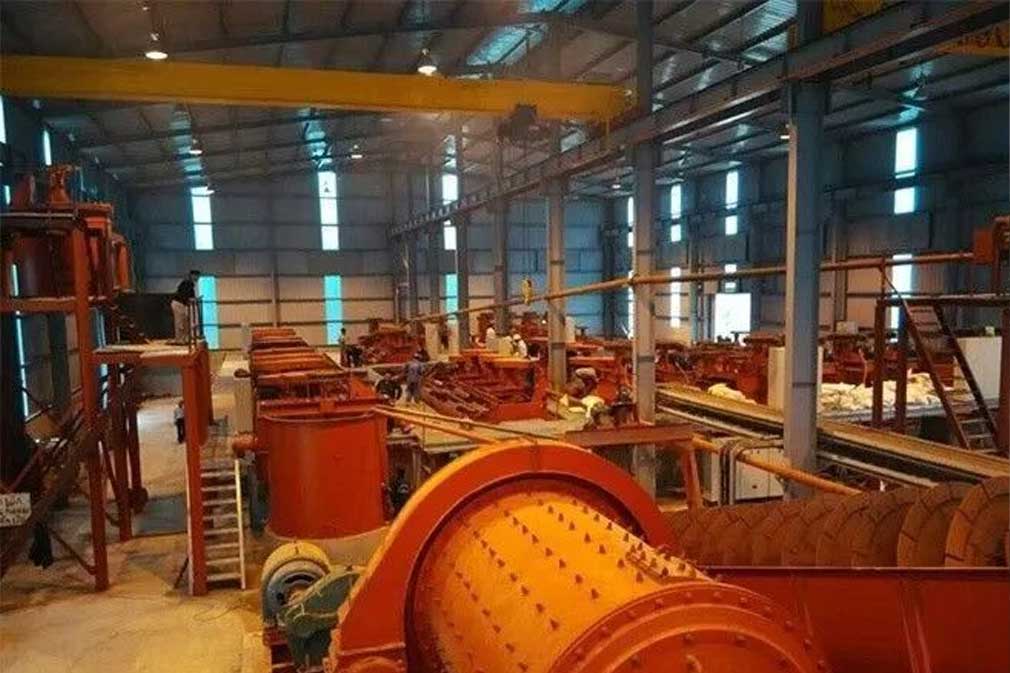
800tpd graphite ore flotation beneficiation
The process of “coarse grinding and tailings removal, multi-stage grinding and sorting, and concentrated return of middle ore” is adopted, with a recovery rate as high as 92% and an estimated annual output value of 48 million US dollars. Provides customers with overall mineral processing plant services including mineral processing experiments, mine design, complete equipment manufacturing, installation and commissioning, and worker training.
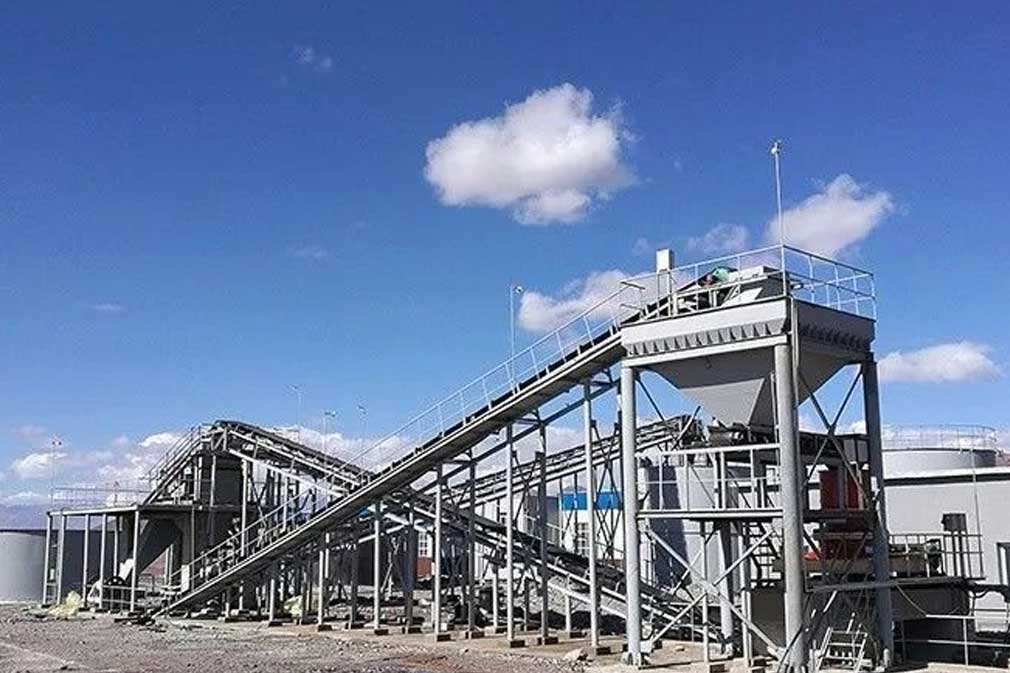
500tpd silver ore flotation
Ore properties: Metal minerals are natural silver, pyrite, limonite, etc.; gangue minerals are quartz, feldspar, clay minerals, etc. The element available for recycling is silver.
Solution: two-stage semi-closed circuit crushing – two-stage grinding – flotation (one roughing, three sweeping, two beneficiations) – two-stage dehydration process. After the raw ore is ground, the silver recovery rate is as high as 83.95% through gravity separation and flotation.
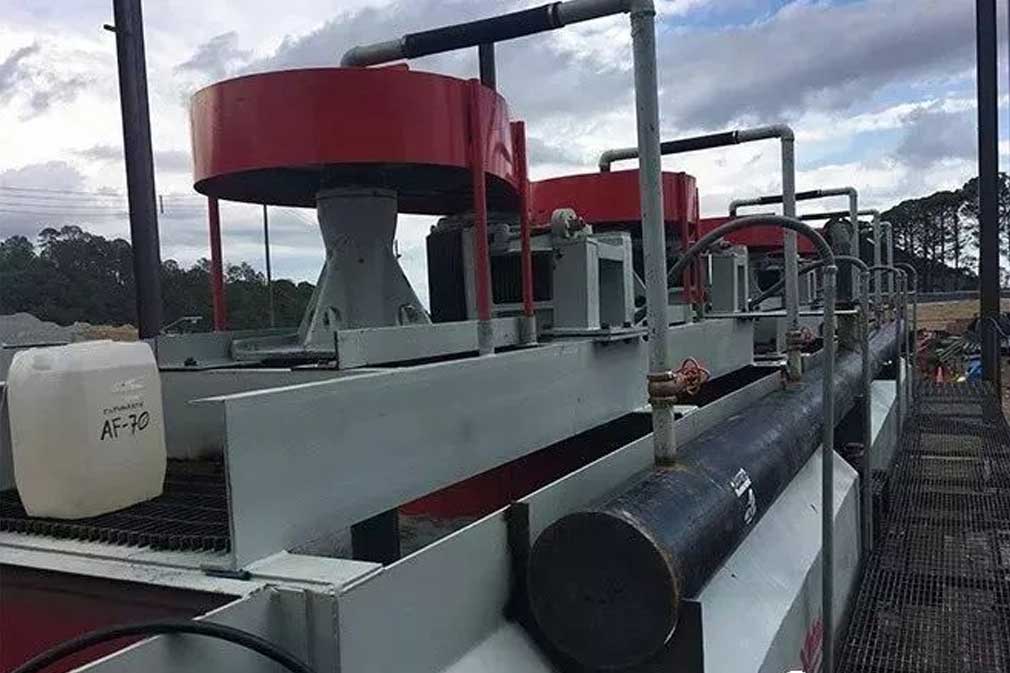
1000tpd copper ore flotation
Ore properties: Copper ore is mainly oxidized ore and contains a small amount of sulfide ore. In the future, it will be dominated by sulfide ore and oxidized ore will account for a small part.
Solution: single flotation process.
After the raw ore is ground, the sulfide ore undergoes one roughing and two sweeping operations and the oxidized ore undergoes one roughing, three sweeping, and two beneficiation operations. The ore grade is 25.95%, and the recovery rate is 87.15%.
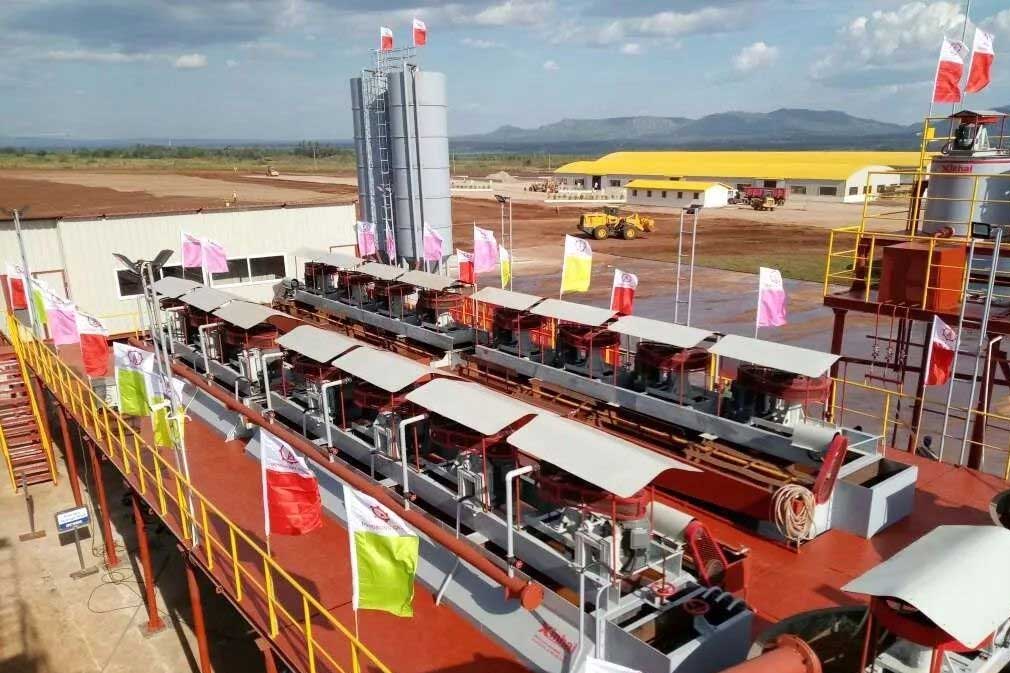
720tpd phosphate rock flotation project
The ball mill, the pump and the grading cyclone form a closed-circuit grinding system. The flotation process is designed as a positive flotation process of one rough, one sweep and two fine. The flotation concentrate is transported by the foam pump to the concentrate pump box, and then transported by the concentrate pump to the concentrate dehydration system for dehydration. The dehydrated product is phosphorus Concentrate; flotation tailings are transported by the tailings pump to the tailings dewatering system for dehydration and stockpiling.